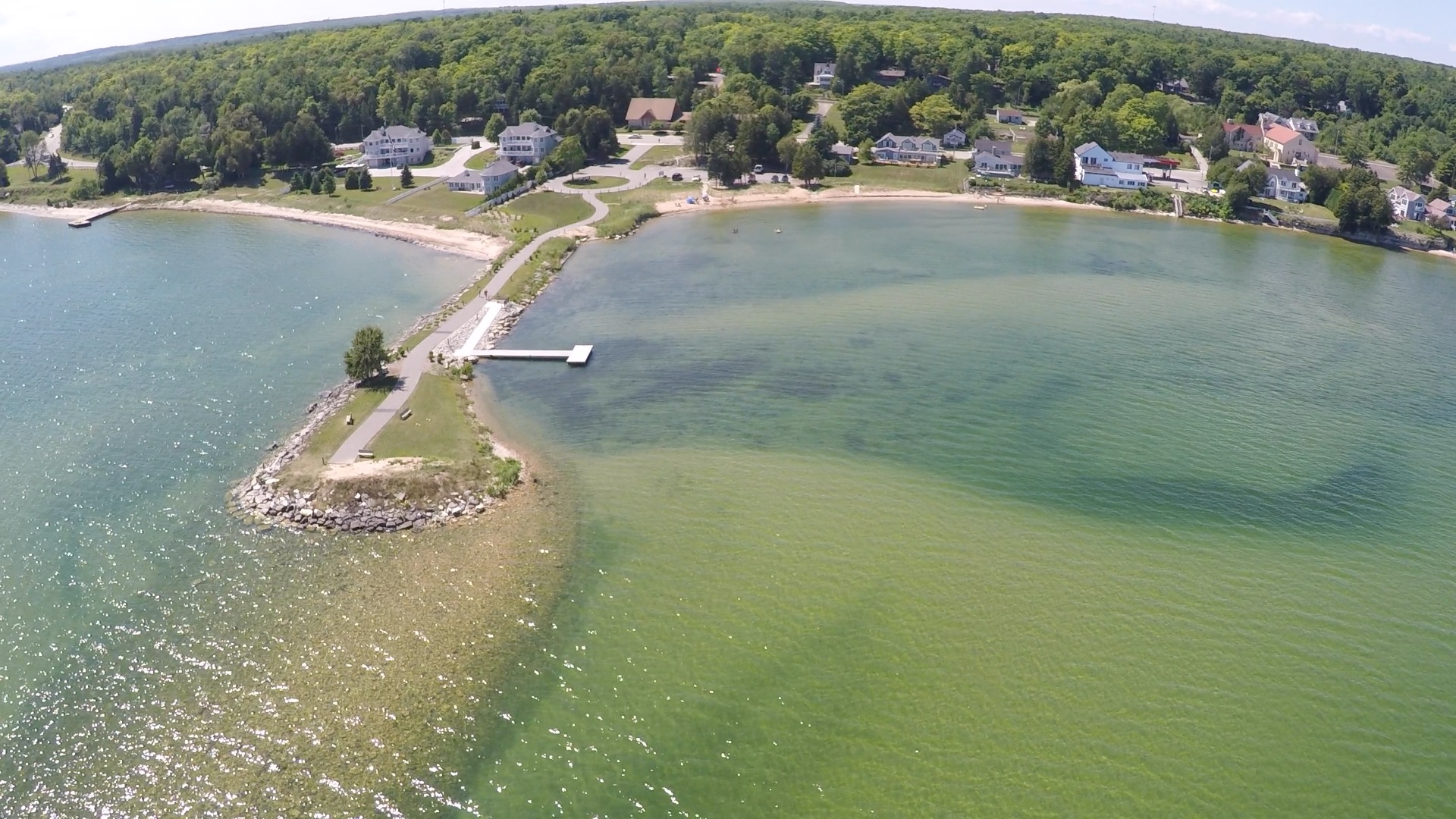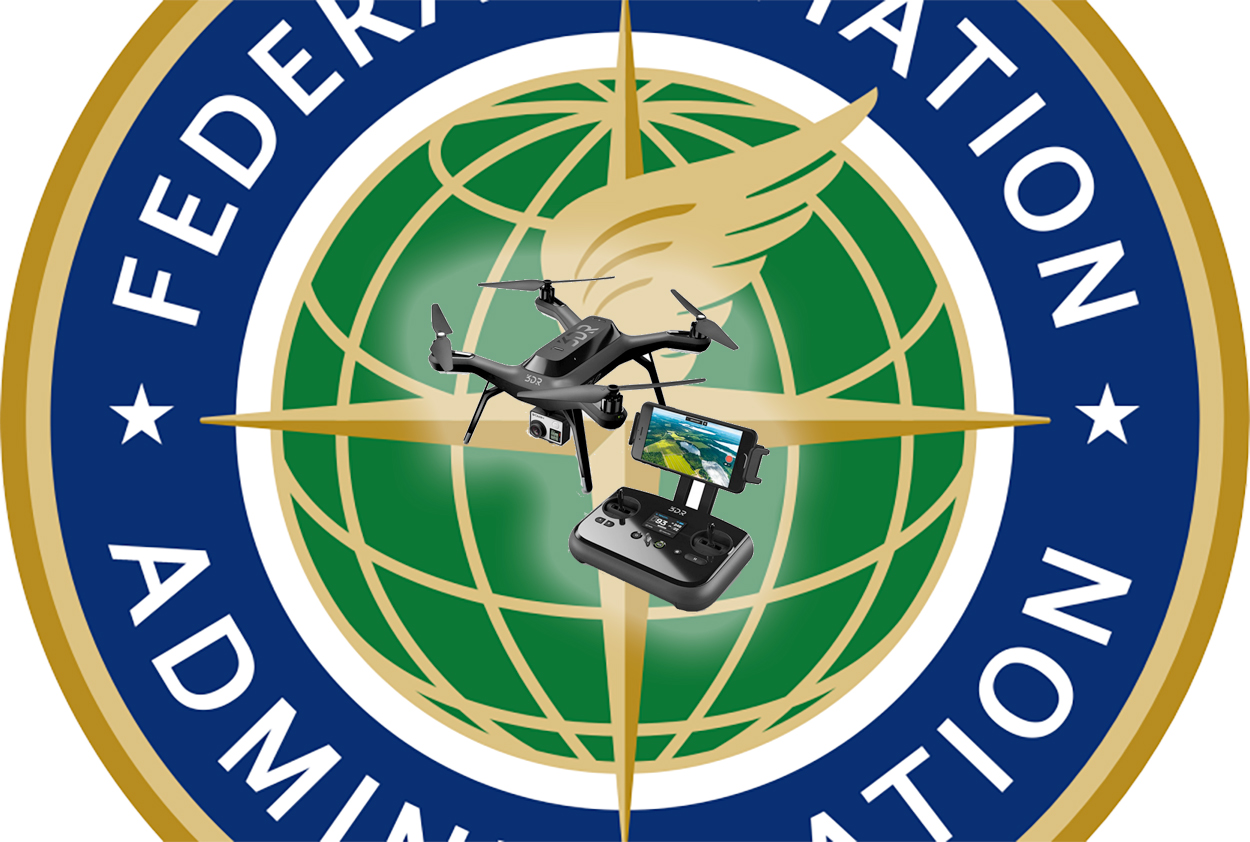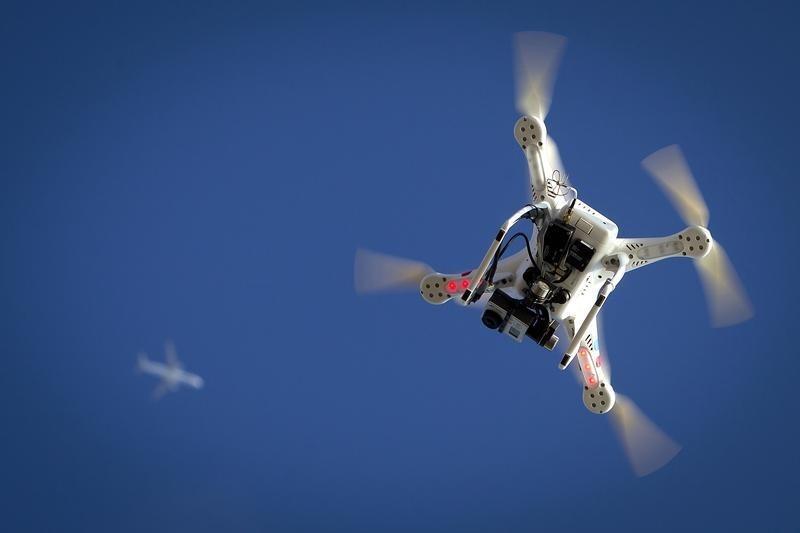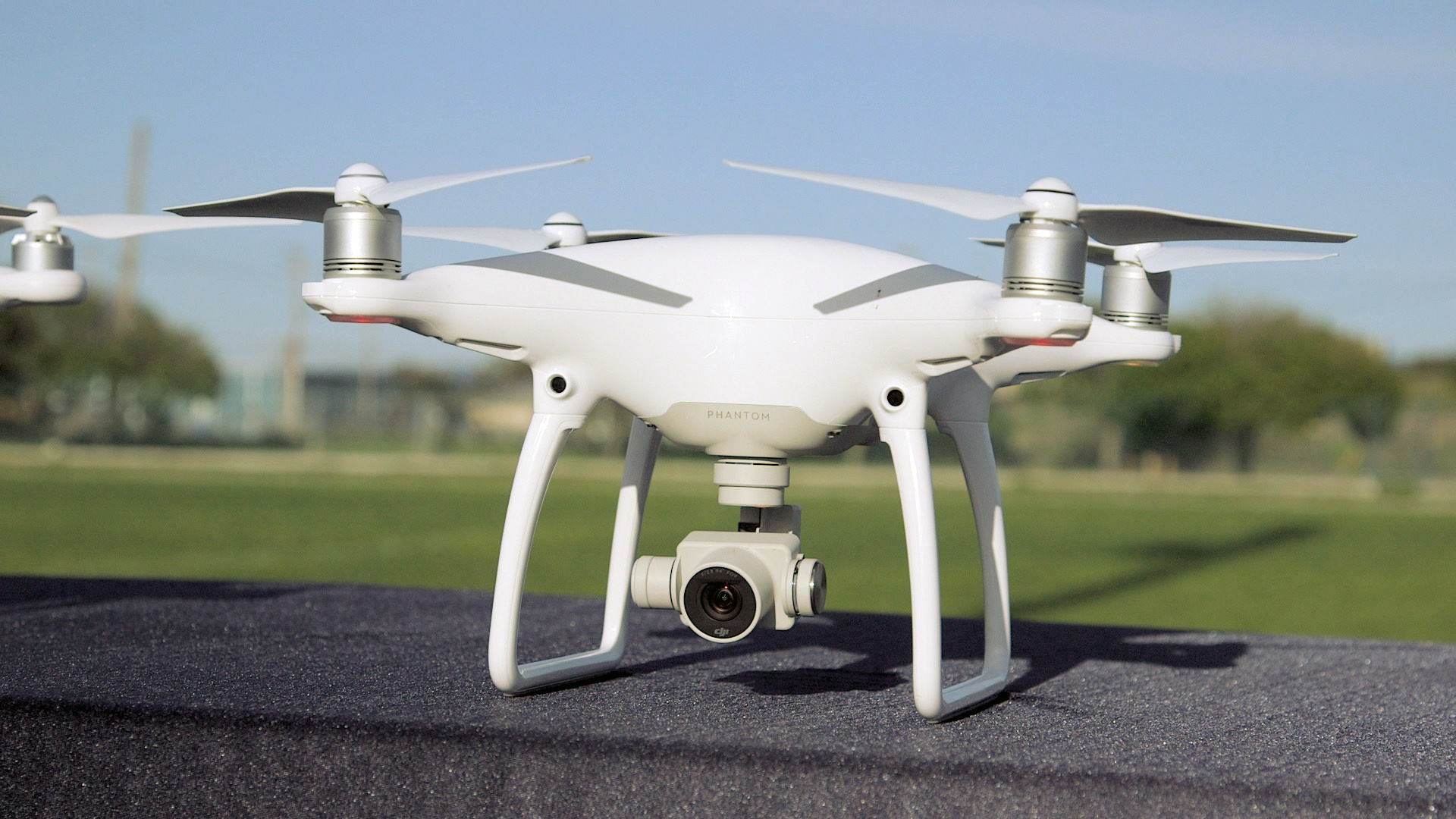Late last year the FAA implemented rules on drone registration, and now its working group of experts has submitted another set of recommendations. This time the focus is on rules for unmanned aircraft flights over people (who aren’t directly involved in the flight of the aircraft), and just as earlier rumors indicated, the group decided that the best way to set regulations is based on the weight of the machine in question. Small drones weighing under 250g (0.55 pounds) could fly over people, depending on their design, while larger drones up to 4 – 5 pounds (the DJI Phantom 4 pictured above weighs 3 pounds) could do the same, depending on their design, if they stay 20 feet overhead or 10 feet away laterally.

FAA Licensed Drone Pilots in Wisconsin
We are FAA Licensed Commercial Drone Pilots. We provide professional drone photography & cinematography services to clients throughout the United States of America. Our state of the art drones capture high resolution photos or 4K & 5K video.
Insurance
We are insured. Client will be provided with Proof of Insurance from Above Wisconsin.
Above Wisconsin is located in Green Bay, WI and we specialize the in the following industries & services:
Licensed Drone Pilots • Remote PIC • Remote Pilots In Command • Professional Drone Pilots • FAA Remote Pilot Certification • Commercial Drone Pilots • Aerial Drone Photography • HD Video • Commercial and Movie Aerial Video • Real Estate • Construction • Jobsite Progress • Golf Courses • Car Dealerships • Aerial Cinematography • Commercial Property Advertising • Residential Insurance • Architectural • Roof Inspection Photographers • Cell Tower Visual Inspection • Aerial Cinematographers • Flare Stack Inspection • Wisconsin Drone Pilots • Licensed Drone Operators in Wisconsin • Historical Preservation Photography • Mapping • Accident Investigation • Agricultural Field Watering Equipment & Aerial Drone Inspection Services
UPS Tests Package Delivery Using Drones
UPS announced that on Feb. 20, 2017 that it has successfully tested a drone that launches from the top of a UPS® package car, autonomously delivers a package to a home and then returns to the vehicle while the delivery driver continues along the route to make a separate delivery.
“This test is different than anything we’ve done with drones so far. It has implications for future deliveries, especially in rural locations where our package cars often have to travel miles to make a single delivery,” said Mark Wallace, UPS senior vice president of global engineering and sustainability. “Imagine a triangular delivery route where the stops are miles apart by road. Sending a drone from a package car to make just one of those deliveries can reduce costly miles driven. This is a big step toward bolstering efficiency in our network and reducing our emissions at the same time.”
With ORION, UPS’s On-Road Integrated Optimization Navigation routing software, a reduction of just one mile per driver per day over one year can save UPS up to $50 million. UPS has about 66,000 delivery drivers on the road each day. Rural delivery routes are the most expensive to serve due to the time and vehicle expenses required to complete each delivery. In this test, the drone made one delivery while the driver continued down the road to make another. This is a possible role UPS envisions for drones in the future.
“Drivers are the face of our company, and that won’t change,” Wallace said. “What’s exciting is the potential for drones to aid drivers at various points along their routes, helping them save time and deliver on increasing customer service needs that stem from the growth of e-commerce.”
The drone used in Monday’s test was the Workhorse HorseFly™ UAV Delivery system. It is a high-efficiency, octocopter delivery drone that is fully integrated with Workhorse’s line of electric/hybrid delivery trucks. The drone docks on the roof of the delivery truck. A cage suspended beneath the drone, extends through a hatch into the truck. A UPS driver inside loads a package into the cage and presses a button on a touch screen, sending the drone on a preset autonomous route to an address. The battery-powered HorseFly drone recharges while it’s docked. It has a 30-minute flight time and can carry a package weighing up to 10 pounds.
For this test, Workhorse preset the route for the drone. But in the future, routes could be determined by UPS’s On-Road Integrated Optimization and Navigation (ORION), which is the company’s proprietary routing software.

FAA Home ▸ Unmanned Aircraft Systems
Unmanned Aircraft Systems
Becoming a Pilot
Remote Pilot Knowledge Test Prep
Suggested Study Materials
- Airmen Certification Standards (PDF)
- Knowledge Test Instructions (PDF)
- Knowledge Test Study Guide (PDF)
- Knowledge Test Sample Questions (PDF)
- Part 107 Advisory Circular (PDF)
- Pilot’s Handbook of Aeronautical Knowledge
Quick Links
- Part 107 Course on FAA Safety Team website
- FAA Integrated Airman Certificate and/or Rating Application system (IACRA)
Requirements and Process for Becoming a Pilot
First-Time Pilots
To become a pilot you must:
- Be at least 16 years old
- Be able to read, speak, write, and understand English (exceptions may be made if the person is unable to meet one of these requirements for a medical reason, such as hearing impairment)
- Be in a physical and mental condition to safely operate a small UAS
- Pass the initial aeronautical knowledge exam at an FAA-approved knowledge testing center
Pilot certificate Requirements
- Must be easily accessible by the remote pilot during all UAS operations
- Valid for 2 years – certificate holders must pass a recurrent knowledge test every two years
Application Process
- Schedule an appointment with a Knowledge Testing Center (KTC), which administer initial and recurrent FAA knowledge exams
- View the list of Knowledge Testing Centers (PDF) to find one near you.
- Applicants must bring government-issued photo ID to their test
- Pass the initial aeronautical knowledge test – initial knowledge test areas include:
- Applicable regulations relating to small unmanned aircraft system rating privileges, limitations, and flight operation
- Airspace classification and operating requirements, and flight restrictions affecting small unmanned aircraft operation
- Aviation weather sources and effects of weather on small unmanned aircraft performance
- Small unmanned aircraft loading and performance
- Emergency procedures
- Crew resource management
- Radio communication procedures
- Determining the performance of small unmanned aircraft
- Physiological effects of drugs and alcohol
- Aeronautical decision-making and judgment
- Airport operations
- Maintenance and preflight inspection procedures
- Complete FAA Form 8710-13 for a remote pilot certificate (FAA Airman Certificate and/or Rating Application) using the electronic FAA Integrated Airman Certificate and/or Rating Application system (IACRA)*
- Register using the FAA IACRA system
- Login with username and password
- Click on “Start New Application” and 1) Application Type “Pilot”, 2) Certifications “Remote Pilot”, 3) Other Path Information, 4) Start Application
- Follow application prompts
- When prompted, enter the 17-digit Knowledge Test Exam ID (NOTE: it may take up to 48 hours from the test date for the knowledge test to appear in IACRA)
- Sign the application electronically and submit to the Registry for processing.
- A confirmation email will be sent when an applicant has completed the TSA security background check. This email will provide instructions for printing a copy of the temporary remote pilot certificate from IACRA.
- A permanent remote pilot certificate will be sent via mail once all other FAA-internal processing is complete.
* Applicants who do not wish to complete FAA Form 8710-13 online may choose the paper process. Please note that the processing time will be longer if a paper application is used since it requires in-person approval and signature by a designated pilot examiner (DPE), an airman certification representative (ACR), or an FAA-certificated flight instructor (CFI), and must then be mailed to a Flight Standards District Office (FSDO) for final review and signature. Additionally, a temporary remote pilot certificate will not be provided to the applicant.
Instructions for completing the paper application process may be found in Chapter 6, Section 4 of the Part 107 Advisory Circular.
Existing Pilots – What to Expect
Eligibility:
- Must hold a pilot certificate issued under 14 CFR part 61
- Must have completed a flight review within the previous 24 months
Remote Pilot Certificate Requirements
- Must be easily accessible by the remote pilot during all UAS operations
- Valid for 2 years – certificate holders must pass either a recurrent online training course OR recurrent knowledge test every two years
Application Process:
- Complete the online training course “Part 107 small Unmanned Aircraft Systems (sUAS) ALC-451″ available on the FAA FAASTeam website – initial training course areas include:
- Applicable regulations relating to small unmanned aircraft system rating privileges, limitations, and flight operation
- Effects of weather on small unmanned aircraft performance
- Small unmanned aircraft loading and performance
- Emergency procedures
- Crew resource management
- Determining the performance of small unmanned aircraft
- Maintenance and preflight inspection procedures
- Complete FAA Form 8710-13 (FAA Airman Certificate and/or Rating Application for a remote pilot certificate)
- Online or by paper (see instructions in previous section)
- Validate applicant identity
- Contact a FSDO, an FAA-designated pilot examiner (DPE), an airman certification representative (ACR), or an FAA-certificated flight instructor (CFI) to make an appointment.
- Present the completed FAA Form 8710-13 along with the online course completion certificate or knowledge test report (as applicable) and proof of a current flight review.
- The completed FAA Form 8710-13 application will be signed by the applicant after the FSDO, DPE, ACR, or CFI examines the applicant’s photo identification and verifies the applicant’s identity.
- The identification presented must include a photograph of the applicant, the applicant’s signature, and the applicant’s actual residential address (if different from the mailing address). This information may be presented in more than one form of identification.
- Acceptable methods of identification include, but are not limited to U.S. drivers’ licenses, government identification cards, passports, and military identification cards (see AC 61-65 Certification: Pilots and Flight and Ground Instructors)
- The FAA representative will then sign the application.
- An appropriate FSDO representative, a DPE, or an ACR will issue the applicant a temporary airman certificate (a CFI is not authorized to issue a temporary certificate; they can process applications for applicants who do not want a temporary certificate).
- A permanent remote pilot certificate will be sent via mail once all other FAA-internal processing is complete.

Waterproof Design • GoPro HERO5 Black
HERO5 Black is the most powerful and easy to use GoPro ever, thanks to its 4K video, voice control, one-button simplicity, touch display and waterproof design.
https://shop.gopro.com/cameras

FAA Changing the Rules
FAA considers rules allowing small drones to fly over people
UAVs may need crash testing to see how much force they dish out in the case of an accident.
Larger or riskier drones that could cause serious injury — as determined by yet-to-be-implemented crash tests — up to 55 pounds could not be flown over crowds, and would have more limitations. Finally, the fourth group of drones that also pose a potentially serious risk but are intended to be used over crowds would have the most rules, with documented plans for risk mitigation, higher operator qualifications, and possibly coordination with the FAA or local law enforcement. Most of the committee members felt like a requirement for in-person testing would be ignored, suggesting online testing with no background checks for operators of the smallest drones.
DJI VP Brendan Schulman called the recommendation a “progressive approach,” that balanced the benefits of drones and public safety. His company was one of 27 groups (like 3DRobotics, GoPro, Google X, Intel and AT&T) that participated in the Micro Unmanned Aircraft Systems (UAS) Aviation Rulemaking Committee, and the FAA will use its information to develop new rules. Unfortunately, this will not be a part of the finalized small UAS rule (governing commercial use of drones under 55 pounds) that we are expecting to see in June. In the meantime you can read the full report for yourself (PDF) and practice some safe drone flying away from innocent bystanders.

